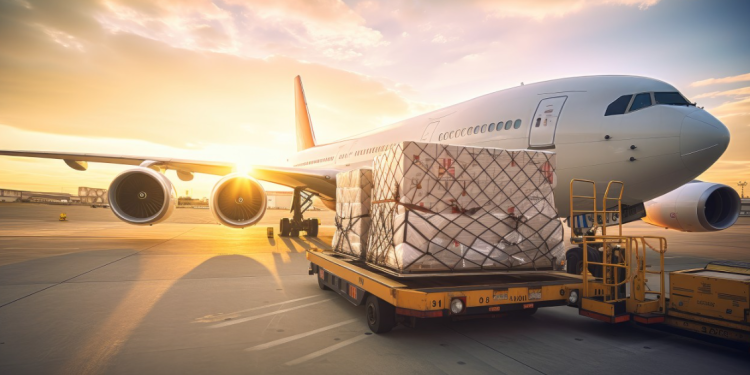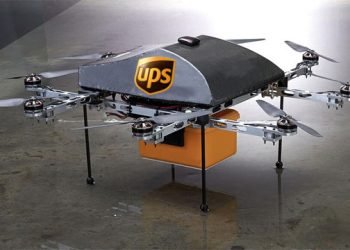In the fast-paced world of logistics, the air freight sector stands at the forefront of adopting innovative technologies to enhance efficiency and meet the growing demands of global trade. As industries across the globe embrace digital transformation, air freight logistics is undergoing a significant evolution, driven by the need for speed, transparency, and sustainability.
Digital Platforms Revolutionizing Air Freight
Digital platforms have become the cornerstone of modern air freight operations. These platforms enable seamless communication between shippers, freight forwarders, and carriers, ensuring that every aspect of the supply chain is optimized. Tools like real-time tracking, automated booking systems, and predictive analytics are helping stakeholders make data-driven decisions, reducing delays and improving cost-efficiency.
For instance, freight forwarders are increasingly leveraging online marketplaces to connect with airlines and secure the best routes and rates. Such platforms simplify complex logistics operations, allowing businesses to focus on core activities while ensuring timely deliveries.
The Role of Artificial Intelligence and Machine Learning
Artificial Intelligence (AI) and Machine Learning (ML) are transforming the way air freight logistics are managed. Predictive maintenance, route optimization, and demand forecasting are just a few applications revolutionizing the sector. AI-powered systems can analyze vast datasets to predict potential disruptions, such as weather conditions or geopolitical issues, enabling companies to mitigate risks proactively.
Moreover, ML algorithms are being employed to streamline customs clearance processes by identifying potential red flags in documentation and ensuring compliance with international regulations. This not only speeds up operations but also reduces the likelihood of costly fines and delays.
Sustainability in Air Freight Logistics
As sustainability becomes a key priority across industries, the air freight sector is taking strides to reduce its carbon footprint. Digital tools are aiding in this effort by optimizing flight routes, minimizing fuel consumption, and enhancing load management. Airlines are also exploring alternative fuels and investing in more energy-efficient aircraft to align with global sustainability goals.
The Challenges Ahead
Despite the rapid adoption of digital solutions, the air freight industry faces challenges such as cybersecurity threats, data standardization issues, and resistance to change within traditional operations. To overcome these hurdles, stakeholders must prioritize collaboration, invest in robust security measures, and foster a culture of innovation.
The Future of Air Freight Logistics
The future of air freight logistics lies in its ability to integrate advanced technologies with sustainable practices. By embracing digital transformation, the industry can not only enhance its operational efficiency but also contribute to a more connected and sustainable global supply chain.
As air freight continues to evolve, it remains an essential pillar of international trade, enabling businesses to thrive in an increasingly interconnected world. The adoption of digital tools is not just a trend but a necessity for staying competitive in this dynamic landscape.
This article highlights the transformative impact of digital technologies in air freight logistics, emphasizing innovation, sustainability, and the challenges that lie ahead.
Stay updated with The Logistic News for insights into major developments in air freight logistics and global trade.
#DigitalFreight #AIinLogistics #SustainabilityGoals #GlobalTrade #LogisticsInnovation























